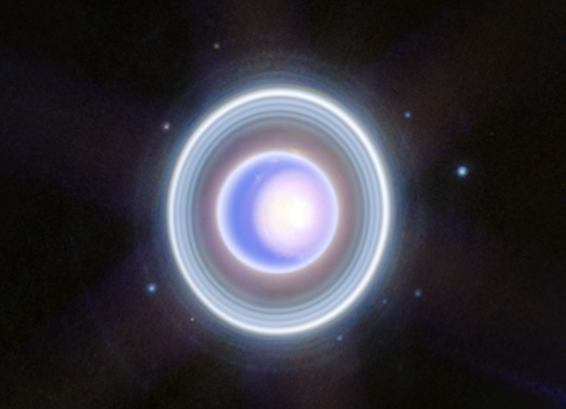- Joined
- Apr 1, 2005
- Messages
- 10,873
- Reaction score
- 6,581
NASA wants the Voyagers to age gracefully, so it’s time for a software patch
Around a half-dozen full-timers and a few part-timers are keeping Voyager alive.

Forty-six years in deep space have taken their toll on NASA's twin Voyager spacecraft. Their antiquated computers sometimes do puzzling things, their thrusters are wearing out, and their fuel lines are becoming clogged. Around half of their science instruments no longer return data, and their power levels are declining.
Still, the lean team of engineers and scientists working on the Voyager program at NASA's Jet Propulsion Laboratory are taking steps to eke out every bit of life from the only two spacecraft flying in interstellar space, the vast volume of dilute gas outside the influence of the Sun's solar wind.
"These are measures that we're trying to take to extend the life of the mission," said Suzanne Dodd, Voyager project manager at JPL, in an interview with Ars.
Voyager's instruments are studying cosmic ways, the magnetic field, and the plasma environment in interstellar space. They're not taking pictures anymore. Both probes have traveled beyond the heliopause, where the flow of particles emanating from the Sun runs into the interstellar medium.
"These two spacecraft are still operating, still returning uniquely valuable science data, and every extra day we get data back is a blessing," Dodd said.
But spacecraft engineers love redundancy, but they no longer have the luxury of backups on the Voyagers. That means, in any particular section of the spacecraft, a failure of a single part could bring the mission to a halt.
"Everything on both spacecraft is single-string," Dodd said. "There are not any backup capabilities left. In some cases, we powered off stuff to save power, just to keep the instruments on."












